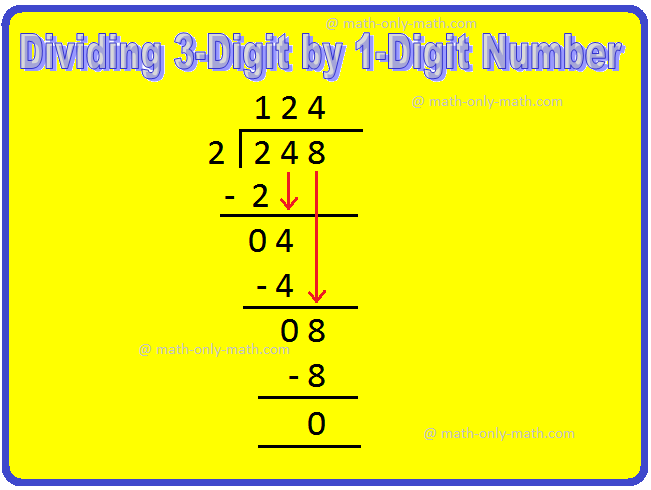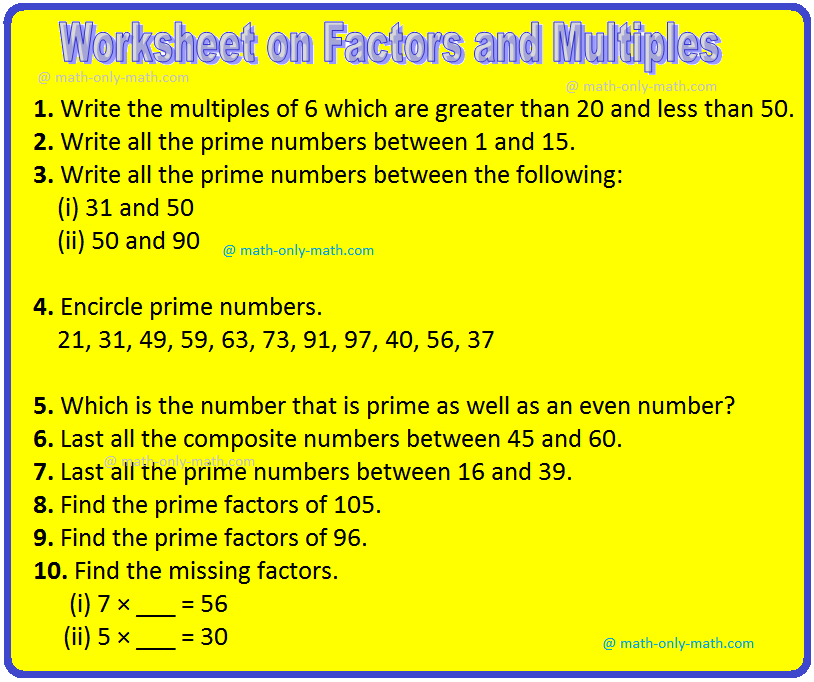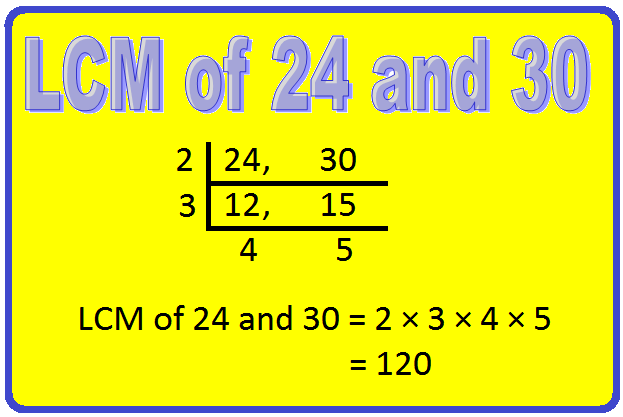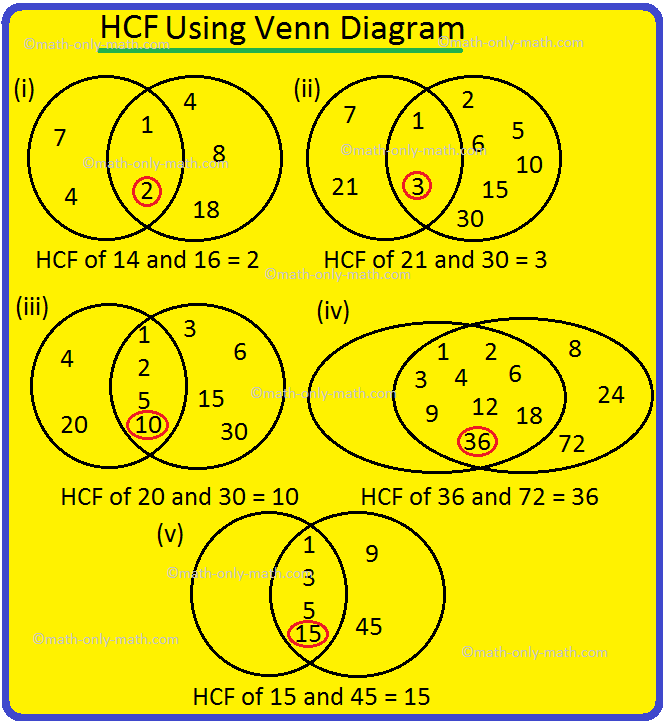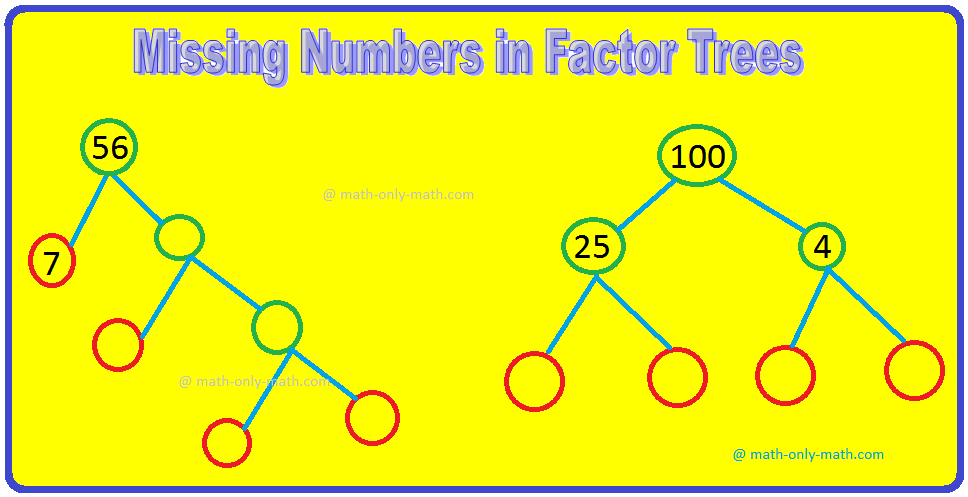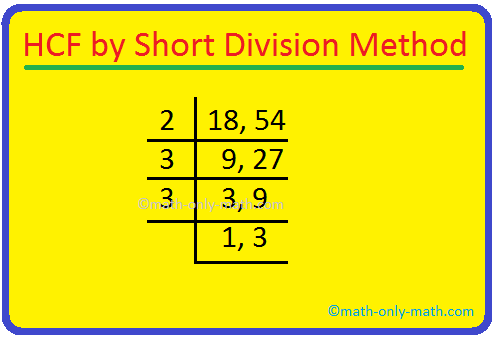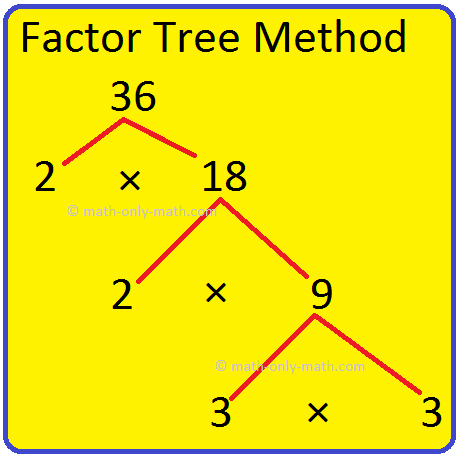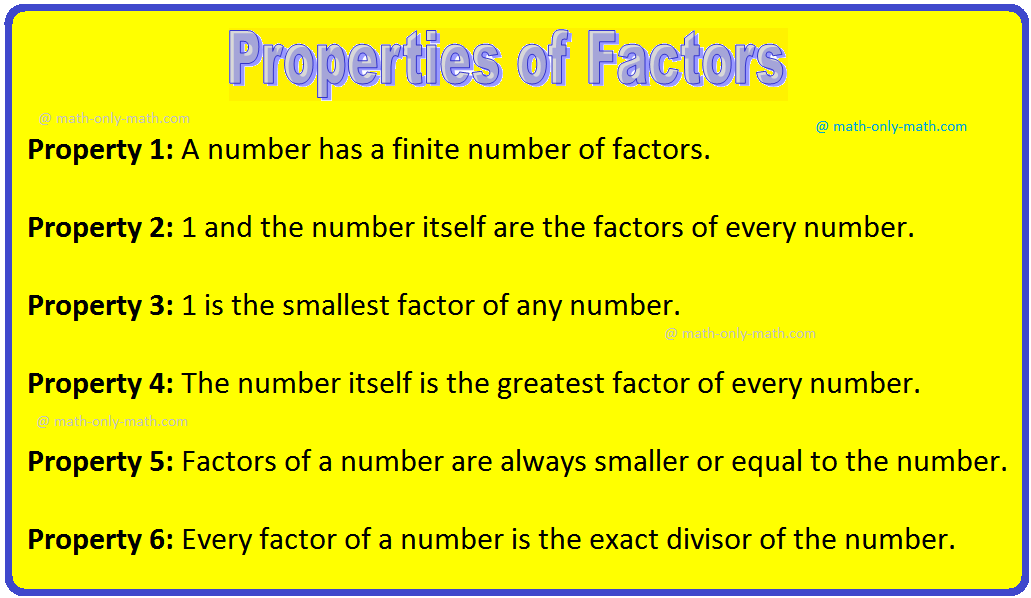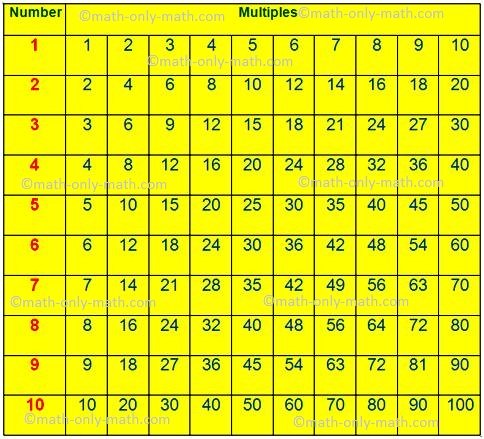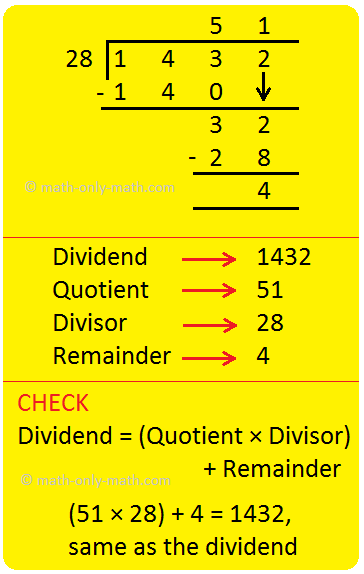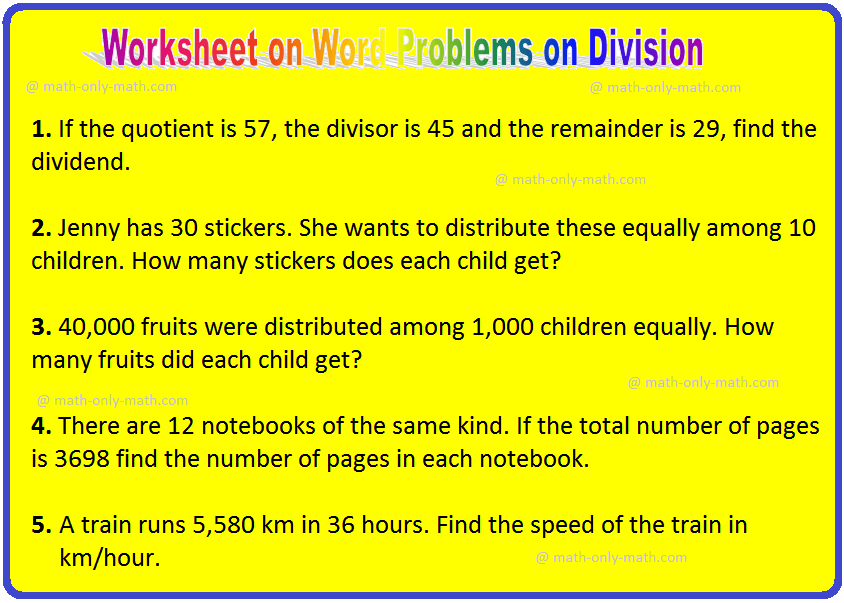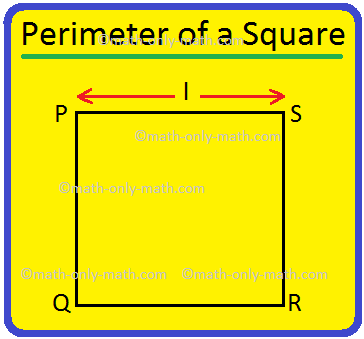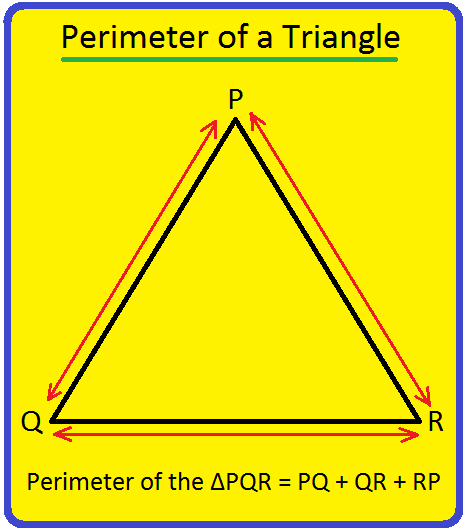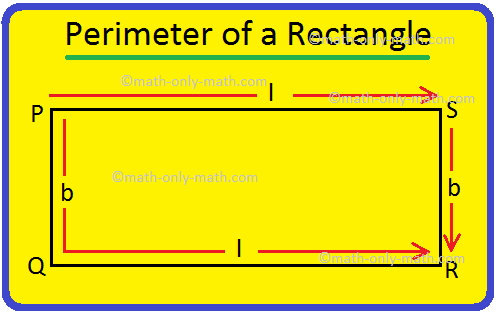Properties of Multiples
The properties of multiples are discussed step-by-step according to its property.
Property (1):
Every number is a multiple of 1.
As: 7 x 1 = 7,
9 x 1 = 9,
15 x 1 = 15,
40 x 1 = 40
Property (2):
Every number is the multiple of itself.
As: 1 x 7 = 7,
1 x 21 = 21,
1 x 105 = 105,
1 x 212 = 212
For example, 8 × 1 = 8. Hence, 8 is multiple of itself. 19 × 1 = 19. So, 19 is multiple of itself.
Property (3):
Zero (0) is a multiple of every number.
As: 0 x 9 = 0,
0 x 11 = 0,
0 x 57 = 0,
0 x 275 = 0
Property (4):
Every multiple except zero is either equal to or greater than any of its factors.
As, multiple of 7 = 7, 14, 28, 35, 77, …………., etc.
For example, multiples of 4 are 4, 8, 12, 16. We find that every multiple of 4 is either greater or equal to 4.
Property (5):
The product of two or more factors is the multiple of each factor.
As: 3 x 7 = 21,
So, 21 is the multiple of both 3 and 7.
30 = 2 x 3 x 5,
So, 30 is the multiple of 2, 3 and 5.
For example, the product of 3 × 4 × 5 is 60 and 60 is also a multiple of 3, 4 and 5.
Property (6):
There is no end to multiples of a number.
As: 5, 10, 15, 20, 25, …………….., 100, 105, 110, …………………., are the multiples of 5.
These are the properties of multiples.
Explain the Properties of Multiples step-by-step with examples.
Observe the following:
12 × 1 = 12;
18 × 1 = 18;
25 × 1 = 25;
12 × 1 = 12 implies 12 is of 12 and 12 is a multiple of 1.
18 × 1 = 18 implies 18 is a multiple of 18 and 18 is a multiple of 1.
25 × 1 = 25 implies 25 is a multiple of 25 and 25 is a multiple of 1.
What do we conclude?
We conclude,
● Every number is a multiple of itself.
● Every number is a multiple of 1.
Again, observe the following:
Multiples of 5 are 5, 10, 15, 20, ...
Multiple of 12 are 12, 24, 36, 48, ...
Multiple of 18 are 18, 36, 54, 72, ...
What do we observe?
We see that every multiple of 5 is either greater than or equal to 5.
Similarly, every multiple of 12 is either greater than or equal to 12.
Every multiple of 18 is either greater than or equal to 18.
Hence, we can say that
● Every multiple of a number is either greater than or equal to the number.
Related Concept
● Factors and Multiples by using Multiplication Facts
● Factors and Multiples by using Division Facts
● Factors
● Even and Odd Numbers Between 1 and 100
● Examples on Even and Odd Numbers
From Properties of Multiples to HOME PAGE
Didn't find what you were looking for? Or want to know more information about Math Only Math. Use this Google Search to find what you need.
Recent Articles
-
Perimeter of a Square | How to Find the Perimeter of Square? |Examples
Apr 25, 24 05:34 PM
We will discuss here how to find the perimeter of a square. Perimeter of a square is the total length (distance) of the boundary of a square. We know that all the sides of a square are equal. Perimete… -
Perimeter of a Triangle | Perimeter of a Triangle Formula | Examples
Apr 25, 24 05:13 PM
We will discuss here how to find the perimeter of a triangle. We know perimeter of a triangle is the total length (distance) of the boundary of a triangle. Perimeter of a triangle is the sum of length… -
Perimeter of a Rectangle | How to Find the Perimeter of a Rectangle?
Apr 25, 24 03:45 PM
We will discuss here how to find the perimeter of a rectangle. We know perimeter of a rectangle is the total length (distance) of the boundary of a rectangle. ABCD is a rectangle. We know that the opp… -
Dividing 3-Digit by 1-Digit Number | Long Division |Worksheet Answer
Apr 24, 24 03:46 PM
Dividing 3-Digit by 1-Digit Numbers are discussed here step-by-step. How to divide 3-digit numbers by single-digit numbers? Let us follow the examples to learn to divide 3-digit number by one-digit nu… -
Symmetrical Shapes | One, Two, Three, Four & Many-line Symmetry
Apr 24, 24 03:45 PM
Symmetrical shapes are discussed here in this topic. Any object or shape which can be cut in two equal halves in such a way that both the parts are exactly the same is called symmetrical. The line whi…
